Author: admin
-
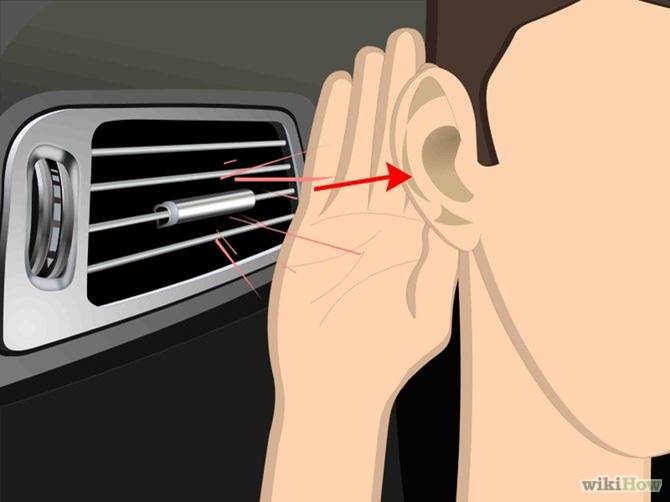
How to Diagnose a Non Working Air Conditioning in a Car
Three Methods: Collecting Initial Information Diagnosing Air Flow Problems Diagnosing Air Temperature Problems Driving around on a hot day in a car without a working air conditioner can be uncomfortable and even dangerous in extreme heat. Diagnosing the reason that your air conditioning isn’t working will help you determine whether the problem is one that…
-
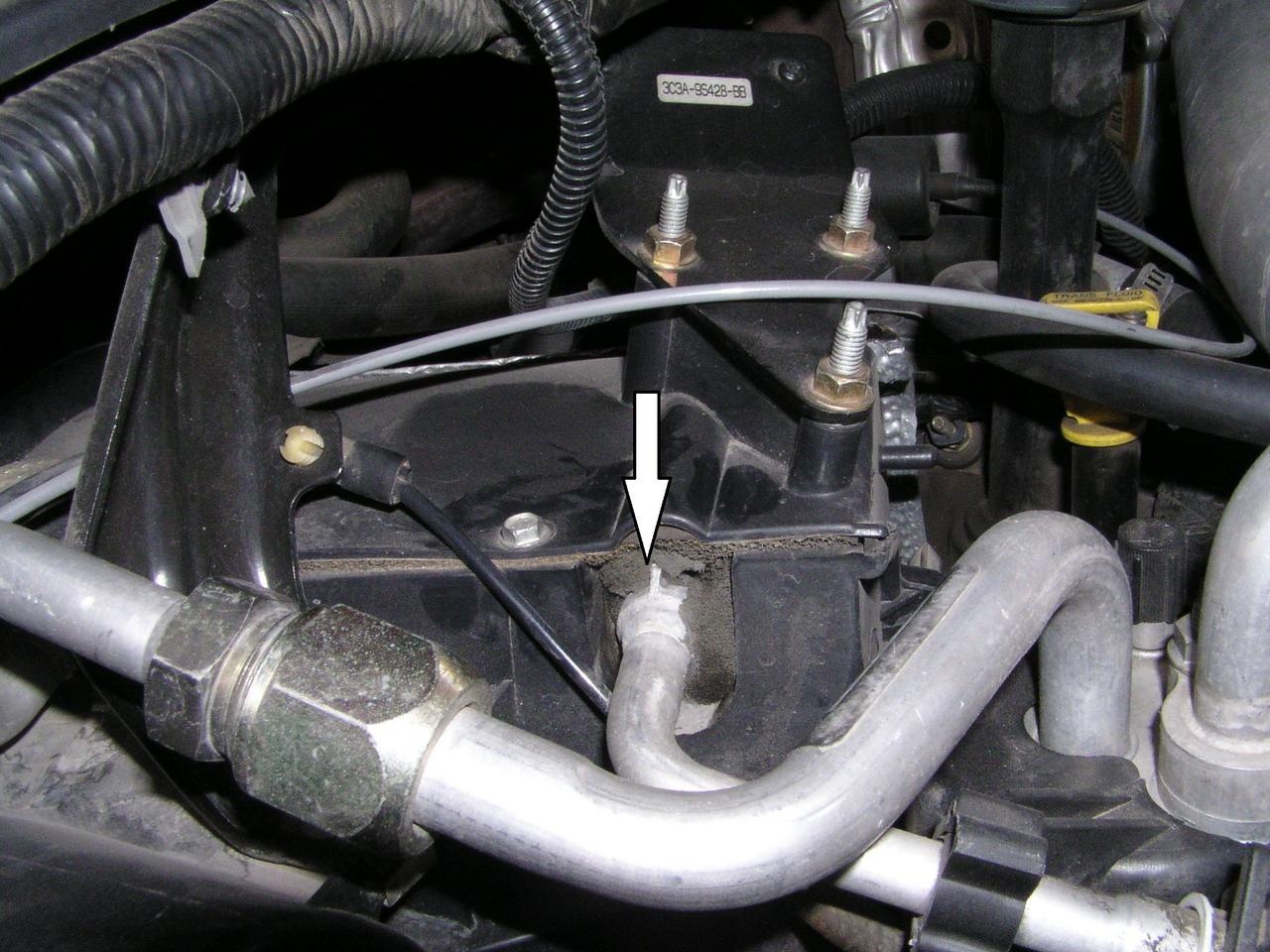
How to Diagnose a Leak inside Your Car
There’s no such thing as an insignificant leak. Leaks always get bigger over time. Paying attention to damp spots or small puddles inside your car can save you money in the long run. Visit your mechanic after determining what kind of leak your car has. Wetness inside your car can come from a few different…
-
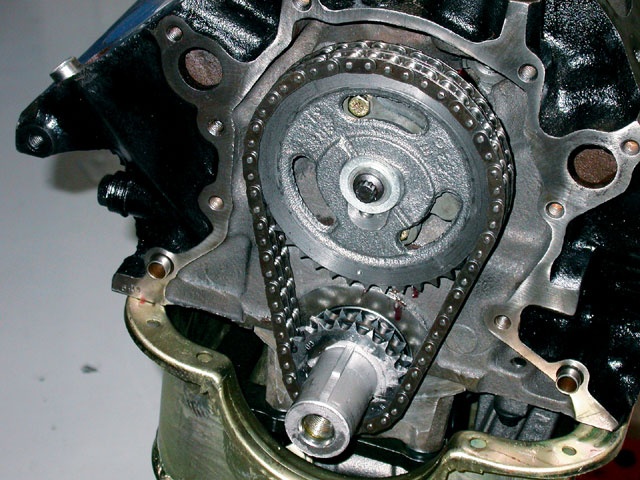
How to Diagnose a Jumped Timing Chain
The timing chain has the important job of synchronizing the crankshaft rotation with the camshaft. This direct link provides the timing of the valves during their opening and closing sequences. Without precise timing, which a good timing chain in good working order provides, the ignition and camshaft timing will not perform in the precise sequence…
-
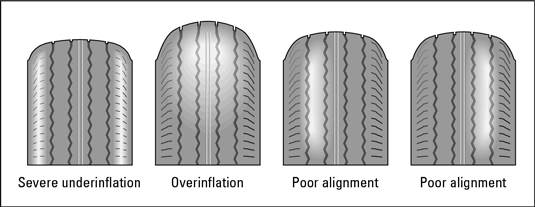
How to Check Your Tires for Wear
You should check your tires for wear at least once a month and before and after long trips. You check them to determine whether you need to buy new tires, have your wheels balanced, have your wheels aligned, or change your driving habits. Underinflated tires wear out faster, create excessive heat, increase fuel consumption, and…
-
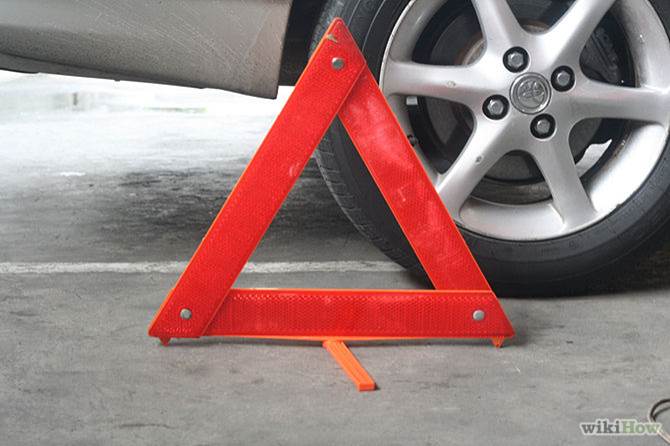
How to Check Your Car before a Road Trip
Planning on going on a road trip soon? Before you do so, you should check your car to make sure that it is in good condition and running smooth. This will help you to drive safe and avoid any breakdowns or mechanical issues. Then you’ll be free to just roll down the windows, turn on…
-
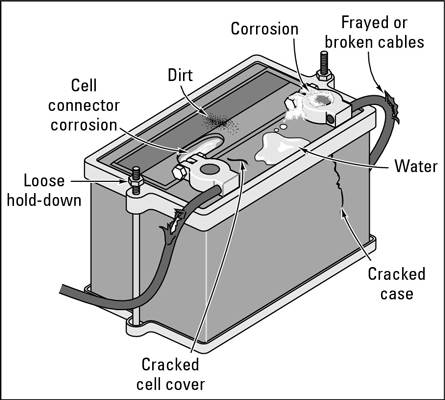
How to Check Your Car Battery
A battery, like other parts of your vehicle, is subject to wear and tear and should be checked regularly. In particular, pay attention to the battery’s trouble spots, shown here. A battery that’s kept clean lasts longer than a cruddy one. Before you work on your battery, be sure to read all the safety measures…
-
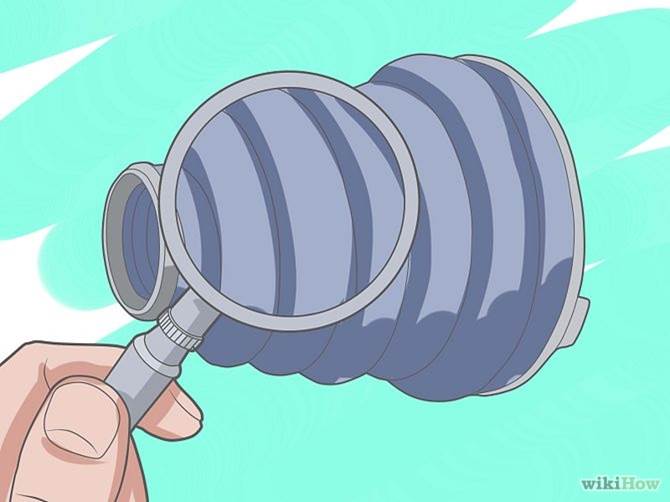
How to Check the Constant Velocity Boots (CV Boots) on Your Car
Found in all front-wheel-drive and many rear-wheel-drive cars, constant velocity joints (CV joints) transfer torque from the Drive shaft to the wheels and permit the vehicle suspension system to move up and down without the passengers noticing each bump. CV joints are protected by plastic or rubber boots that hold in the grease the joints…
-
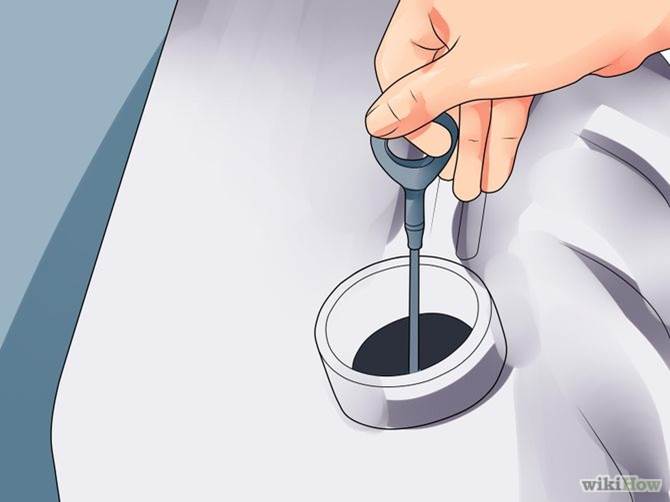
How to Check Oil Level in Car
Three Parts: Finding the Dipstick Checking the Oil Adding Oil Checking the oil levels in your car is essential to maintaining the life of the vehicle. It’s one of the most straightforward bits of regular maintenance you can perform in your vehicle, important especially before long trips that will involve heavy engine use. You can…
-
How to Check if the Fan Works on a 2003 Chevy Malibu
Of all the simple little things that make today’s engines so much better than those of years gone by, the humble electric cooling fan must be the most unsung. Back in the 1960s, electric fans were primarily the domain of racers looking for an edge in power. Then, fans were run by a simple on-off…
-
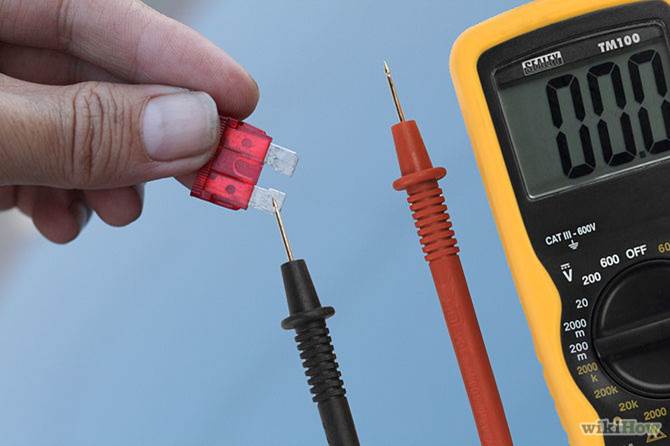
How to Check Fuses
The purpose of a fuse is to stop higher than normal current from flowing on a circuit. A fuse is designed to protect equipment from getting damage and from overheating, and potentially causing a fire. There are generally 2 sizes of fuses, a chip-style fuse and a cylindrical fuse. The chip-style fuse, which is 1.25…
